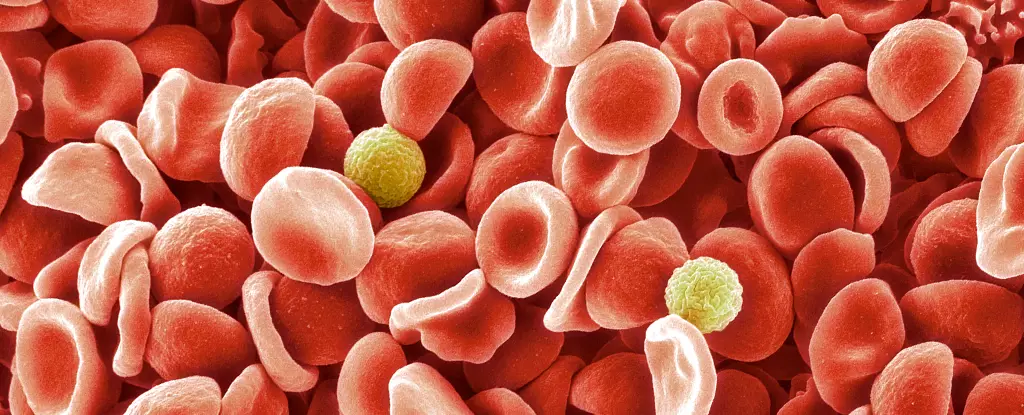In the realm of medical science, breakthroughs often arise from unexpected observations. One such instance dates back to 1972 when a blood sample from a pregnant woman revealed a peculiar absence of a surface molecule typically found on red blood cells. Fast forward nearly half a century, and this intriguing anomaly has led to an unprecedented discovery in human blood typing—the identification of a new blood group system, termed the MAL blood group. This achievement, made by a collaborative team from the UK and Israel, marks a pivotal point in our understanding of hematology and patient care.
Most people are familiar with the ABO blood group system and the Rhesus factor, which determine blood compatibility for transfusions. However, the human blood group landscape is far more complex. Various blood group systems, characterized by diverse cell-surface proteins and antigens, serve essential roles in distinguishing between the body’s own cells and foreign entities. The absence or mismatch of these antigens can lead to complications during blood transfusions, posing potentially life-threatening risks. Prior to the identification of the MAL system, major blood groups were cataloged primarily in the early to mid-20th century, leaving many rarer groups, such as the recently discovered MAL group, largely unexplored.
Dr. Louise Tilley, a hematologist with the UK National Health Service, has dedicated nearly two decades to studying this exceptional case, highlighting the complexity and rarity of genetic anomalies linked to blood types. The research team’s journey toward defining the MAL blood group involved intricate investigations spanning 50 years. It was discovered that over 99.9% of individuals possess the AnWj antigen—integral to the newfound blood group—making those who are AnWj-negative exceedingly rare.
The team identified that mutations in the MAL genes were responsible for this antigen’s absence, creating a new categorization within blood typing. By gathering data from patients, researchers uncovered a significant correlation between specific genetic anomalies and the MAL blood type, thereby enhancing the medical community’s understanding of genetic factors influencing blood compatibility.
The process of identifying and classifying the MAL blood group proved to be laden with challenges. The rarity of cases involving AnWj-negative blood made it difficult for researchers to establish comprehensive data. Besides the limited sample size, the MAL protein itself presented scientific challenges, being small and displaying unique properties that complicated its identification. As Dr. Tim Satchwell, a cell biologist, noted, the research required multifaceted approaches to accumulate sufficient evidence for substantiating the existence of the MAL blood group.
One innovative breakthrough involved introducing a normal MAL gene into AnWj-negative blood cells. This experimentation confirmed the presence of the previously elusive AnWj antigen, ultimately validating the existence of the MAL blood group.
With the identification of the MAL blood group, clinicians now possess invaluable tools for diagnosing patients’ blood types accurately. Understanding whether a MAL-negative blood type stems from genetic inheritance or suppression due to blood disorders can provide insight into potential underlying health issues. Such knowledge is critical, as anomalies in blood type may be symptomatic of broader medical conditions.
Furthermore, recognizing and documenting rare blood types such as MAL significantly enhances the efficacy of patient transfusions and overall medical care. The detailed understanding of specific antigens can lead to tailored treatment protocols that prioritize patient safety and improve healthcare outcomes.
The announcement of the MAL blood group represents a notable advancement in the field of hematology—a field that is continually evolving as researchers delve deeper into the complexities of human blood. This discovery not only sheds light on the biological diversity of blood but also sets the stage for improved medical practices, ensuring that even the rarest blood types receive the recognition and care they rightly deserve. As research continues to unveil the mysteries of blood systems, the ultimate goal remains clear: to enhance patient outcomes and save lives through a better understanding of blood compatibility.


Leave a Reply